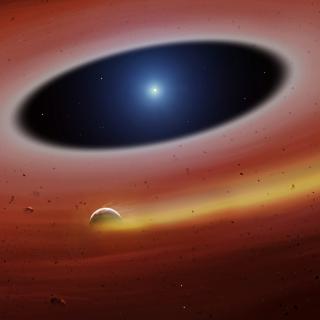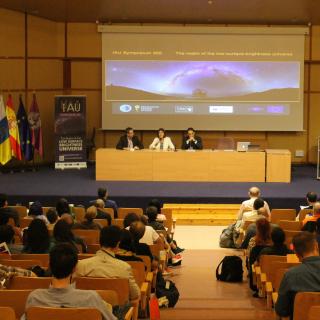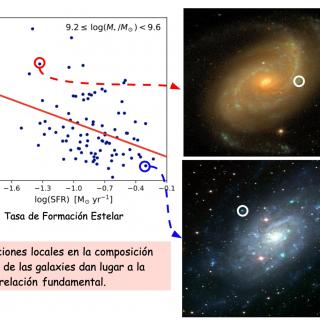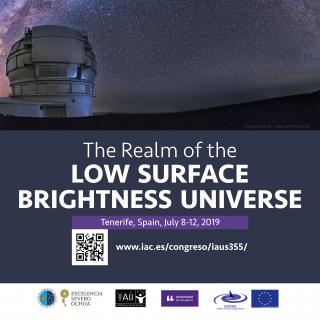![A giant interstellar bubble being grown in the Andromeda galaxy Hα+[N II] imaging of the super-remnant in M31N 2008-12a taken with the Liverpool Telescope (left), and the Hubble Space Telescope and WFC3 (right).](/sites/default/files/styles/crop_square_2_2_to_320px/public/images/news/Galeria_IAC_figura_Pablo_Rdrguez.jpg?h=1acb51c4&itok=KgzBULrt)
The combination of a white dwarf mass close to the Chandrasekhar limit (1.4 solar masses) and a fast hydrogen accretion rate (10 -7 solar masses per year) from a companion star leads to frequent thermonuclear runaways in the accumulated envelope of gas on the white dwarf. These are known as nova eruptions and have recurrence times of years to decades. In this work we report that the recurrent nova with the shortest recurrence timescale known (approximately once a year), M31N 2008-12a in the Andromeda galaxy, is surrounded by a giant shell with a projected size of about 134 by 90 pc that is
Advertised on




